Mercedes

| Name: | MERCEDES |
| Year of foundation: | 1926 |
| Founders: | Karl Benz |
| Belongs: | Daimler AG |
| Location: | Germany: Stuttgart |
| News: | Read more... |
Body type: SUVHatchbackSedanConvertibleEstateMinivanCoupeVanPickupElectric carsLiftback
History of the Mercedes-Benz automobile brand
The history of the famous world brand began its inception as a result of the reorganization of two German companies. Delving a little back into history, the German inventor Benz was granted permission for his offspring, which brought worldwide fame and made a revolution in the auto industry - the first car with a gasoline power unit. In the same year, another project was created by another German engineer, Gottlieb Daimler and Wilhelm Maybach, this was a project to create an engine. Both inventors created companies: Benz - with the name Benz & Cie in 1883 in Mannheim, and Daimler - with the trademark Daimler Motoren Gesellchaft (abbreviation DMG) in 1890. Both developed themselves in parallel and in 1901, under the created brand “Mercedes”, a car was produced by Daimler. The famous brand was named at the request of a wealthy businessman Emil Jellinek in honor of the name of his daughter, who was the representative of DMG in France. This person was an investor in the company, which most ultimatum demanded to be included in the board of directors, and also that he would acquire the right to export cars to some European countries. The first car was the well-known Mercedes 35hp designed for racing. The car could reach speeds of up to 75 km / h, which was considered something amazing in those years, a four-cylinder engine with a volume of 5914 cubic meters. cm, and the weight of the machine did not exceed 900 kg. Maybach worked on the design part of the model. One of the first cars produced was racing and designed by Maybach. Jellinek controlled the process inside and out. It was the legendary Mercedes Simplex 40px, which was racing and made a huge impression. Inspired by this, Jellinek boldly declared that this was the beginning of the Mercedes era. Maybach's development concept, after his exit from the company, continued to produce racing cars until the First World War and was considered the best, let's take cars first in the races. 1926 made a breakthrough through the reorganization of the firms founded by engineers in Daimler-Benz AG. The first leader of the concern was the well-known Ferdinand Porsche. With his help, a project started by Daimler to develop a compressor to increase engine power was completed. The cars produced as a result of the merger of the two companies were referred to as Mercedes-Benz in honor of Karl Benz. The company developed with lightning speed and apart from cars, parts for airplanes and boats were produced. Another notable engineer took over from Porsche as he decided to leave the firm. The company focuses on racing cars. During the era of totalitarianism, Mercedes with a swastika reigned in Germany. The company also produced luxury cars for the government. The Mercedes-Benz 630, this convertible, was Hitler's first car. And the upper ranks of the Reichstag preferred the “supercars” Mercedes-Benz 770K. The company also worked on orders for the military unit, mainly military vehicles, both trucks and cars. The war left a large-scale mark on production, almost completely defeating the factories, the reconstruction of which took a huge amount of time and effort. And already in 1946, momentum was gaining momentum with renewed vigor and compact sedans with a small displacement and 38-horsepower power units were released. Elite hand-built luxury limousines began their production after the 50s. Such limousines have often been improved. The export of cars to the countries of the USSR was 604 passenger cars, 20 trucks and 7 buses. The company has once again resumed a luxurious vocation that the Japanese auto industry has not even been able to take away since the 80s, only slightly squeezing it out in the market services. The company produced both road and sports cars. The Mercedes-Benz W196, as a sports car that has earned many awards for prizes, ceased to be a racing leader after the tragedy associated with the death of the famous racer Pierre Levegh. The end of the 50s is characterized by a breakthrough of outstanding models with detailing of body design elements. The elegance of the lines, the spacious interior and many other factors called these models "fins", which was borrowed from the cars of American companies. An entire volume could be published to list all of the company's models in detail. In 1999, the company acquired a tuning company AMG. This acquisition played a big role as the firm worked with more prestigious sports cars. The era of the new century is characterized by the branching into classes. The united tandem existed until 1998, such an amount of time of existence was inherent only in this association. To this day, the company designs an environmentally friendly product that would be famous not only for comfort, but also for maintaining the ecology in the world, one of the priority topics of the modern world. Mercedes-Benz remains the leading brand in the auto industry. Founders From the above, we conclude that the founders of the company were the “great engineering trio”: Karl Benz, Gottlieb Daimler and Wilhelm Maybach. Consider briefly the biographies of each separately. Karl Benz was born November 25, 1844 in Muhlburg in the family of a machinist. From 1853 he was educated at a technical lyceum, and in 1860 at a polytechnic university with a degree in technical mechanics. After graduation, he got a job at a machine-building plant from which he soon quit. Then he worked for about 5 years at factories as an engineer and designer. In 1871, together with a friend, he opened his own workshop, specializing in equipment and metal materials. Benz was interested in the idea of internal combustion engines, and this was a big step in his career. 1878 marked his approval for a gasoline engine, and 1882 created the joint-stock company Benz & Cie. Its original purpose was the production of gasoline power units. Benz designed his first three-wheeled car with a four-time gasoline engine. The final result was presented in 1885 and went to an exhibition in Paris under the name Motorvagen, and in 1888 sales had already begun. Further, Benz produced several more cars in a short time. In 1897 he created the “contra engine”, the famous engine, which had a horizontal arrangement of 2 cylinders. In 1914, Benz was awarded an honorary doctorate by the Technical University. 1926 Merged with DMG. The inventor passed away on April 4, 1929 in Ladenburg. In the spring of 1834, the creator of the DMG, Gottlieb Daimler, was born in Schorndorf. In 1847, after school, he made weapons by settling in a workshop. From 1857 he received training at the Polytechnic Institute. In 1863 he got a job at Bruderhouse, an enterprise that provided work for orphans and people with disabilities. It was here that he met that Wilhelm Maybach with whom he opened a company in the future. In 1869 he began working at a machine-building plant, and in 1872 he took the title of technical director for the design of internal combustion engines. Maybach, who came to the plant a little later, took the position of senior designer. In 1880, both engineers left the factory and decided to move to Stuttgart, where the idea to open their own business was born. And at the end of 1885 they created an engine and invented a carburetor. On the basis of the engine, a motorcycle was first created, and a little later a four-wheeled crew. 1889 was characterized by the production of the first car very similar to the carriage and in the same year it flaunted at the Paris exhibition. In 1890, with the help of Maybach, Daimler organized the DMG company, which initially specialized in the production of engines, but in 1891 Maybach left the company created with his help, and in 1893 Daimler left. Gottlieb Daimler died on March 6, 1900 in Stuttgart at the age of 65. Wilhelm Maybach was born in the winter of 1846 in Heilbronn to a carpenter's family. Mother and father passed away when Maybach was a child. He was transferred to the previously known "Bruderhouse" for education, where he met his future partner. (In the biography above, important points about Maybach from meeting Daimler were already mentioned). After leaving DMG, Maybach, after a short period of time, created an engine manufacturing company, and from 1919 he produced cars under his own Maybach brand. The great engineer died on December 29, 1929 at the age of 83. For his great skills and achievements in engineering, he was glorified as the “design king”. Emblem “Everything ingenious is simple” This credo has left its mark in the emblem, in which the features of elegance and minimalism are intertwined. The Mercedes logo is a three-pointed star, denoting all-round power. Initially, the logo had a different design. Between 1902 and 1909, the emblem consisted of an inscription with the word Mercedes in a dark oval. Further, the logo took on the modern shape of a three-pointed star with a golden color, flaunted against a white background. Subsequently, the star symbol remained, but in a reduced variation, only the background on which it was located changed. Since 1933, the emblem has slightly changed its design, having come to a more laconic form and minimalism. Since 1989, the star and the outline itself around it becomes voluminous and has a silver color, but since 2010 the volume of the star has been removed, only the gray-silver color scale remains. The history of Mercedes-Benz cars The first car equipped with a three-pointed star entered the world in 1901. It was a Mercedes sports car designed by Maybach. The car had a number of significant characteristics for that era, the engine had four cylinders, and the power was 35 hp. The engine was located in front under the hood with a radiotor, and the drive was through a gear box. This racing model had two seats, which soon showed itself notably, becoming famous all over the world. After the upgrade, the car took acceleration to 75 km / h. This model laid the foundation for the production of subsequent Mercedes Simplex models. The serial “60PS” stood out significantly with a power unit of 9235 cc and a speed of 90 km / h. Before the war, a large number of passenger cars were produced, the Mercedes Knight deserved great popularity - a luxurious model that had a completely closed body and a valveless power unit. "2B / 95PS" - one of the first-born after the war, equipped with a 6-cylinder engine. Since 1924, the luxurious Mercedes-Benz Typ 630 series was launched with a 6-cylinder engine and an achieved power of 140 hp. "Death trap" or models 24, 110, 160 PS, saw the world in 1926. She received this name due to her speed up to 145 km / h, and the engine was a six-cylinder 6240 cc. In 1928, when Porsche left the company, a new pair of passenger cars was released as the Mannheim 370 with a 6-cylinder engine and a volume of 3.7 liters and a slightly more powerful model with an eight-cylinder power unit with a volume of 4.9 liters, which was the Nurburg 500. In 1930, the Mercedes-Benz 770 came off the assembly line, it was also called the “big Mercedes” with a 200 horsepower 8-cylinder power unit. 1931 was a productive year for the creation of models of small cars. model "Mercedes 1170" became famous for its powerful engine for 6 cylinders and 1692 cc and equipping two front wheels with independent suspension. And in 1933, a tandem of a passenger car "Mercedes 200" and a racing "Mercedes 380" with powerful engines of 2.0- and 3.8 liters was produced. The last model became the mother for the creation of the "Mercedes 500K" in 1934. The car contained a 5 liter engine, which was the progenitor of the "Mercedes-Benz 540K" in 1936. In the period 1934-1936, the “light” model “Mercedes 130” left the assembly line with a four-cylinder 26-horsepower power unit, which was located at the rear with a working volume of 1308 cc. This car was followed by a Mercedes 170 with a sedan body. A more budget version of the Mercedes 170V with a four-cylinder engine was also created. The first production car with a diesel engine was introduced towards the end of 1926, it was the legendary "Mercedes 260D". In 1946, the Mercedes 170U, designed before the war, was launched, which was soon improved by a diesel engine in the process of modernization. Also gained popularity "Mercedes 180" 1943 release with a very unusual body design. Among the sports cars there were also a number of additions: in 1951 the “Mercedes 300S” model was released with a 6-cylinder engine and equipped with an overhead camshaft, as well as the famous “Mercedes 300SL” in 1954, gaining popularity due to the design of doors shaped like a bird's wing. 1955 saw the release of the budget compact convertible "Mercedes 190SL" with a four-cylinder power unit and an attractive design. Models 220, 220S, 220SE created a young family of the middle class and were created in 1959 and had a powerful technical level. Independent suspension on 4 wheels, the elegance of the body with modified headlights and the size of the luggage compartment made this series popular. 1963 produced the Mercedes 600 model, which was capable of reaching speeds of up to 204 km / h. The package included a V8 engine with a power of 250 hp, a four-speed gearbox. In 1968 the comfortable mid-class models W114 and W115 were presented to the world. In 1972, the S class is born in a new generation. Designed W116, which is famous for being the first anti-lock system, and in 1979 starts the revolutionary W126, designed by Bruno Sacco. The 460 series consisted of off-road vehicles, the first of which saw the world in 1980. The debut of the revolutionary sports car took place in 1996 and belonged to the SLK class. A feature of the car, in addition to the technical characteristics, was a folding top, which was retracted into the trunk. In 1999, the famous two-seater F 1 racing car was introduced.


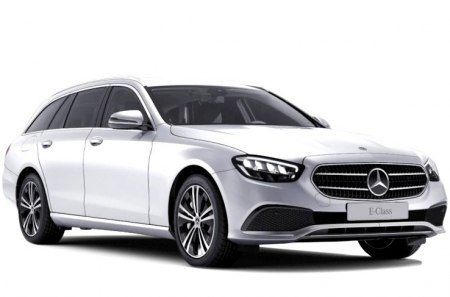
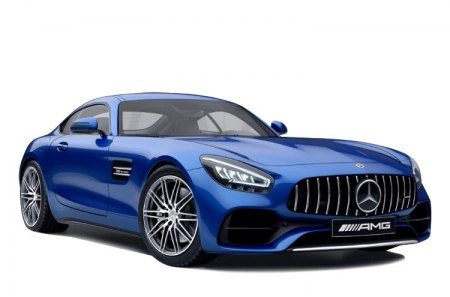
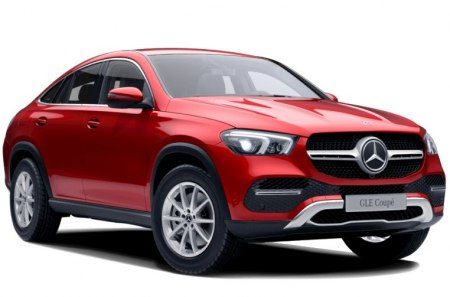
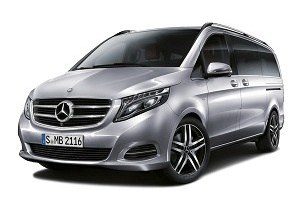
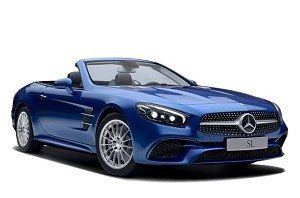
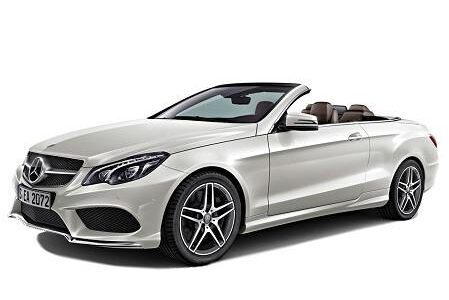
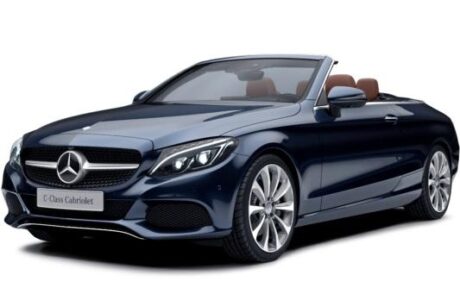
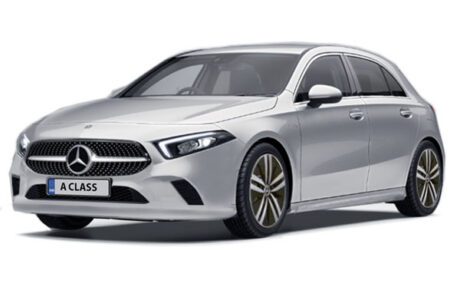
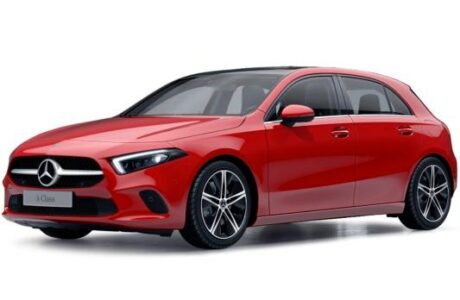
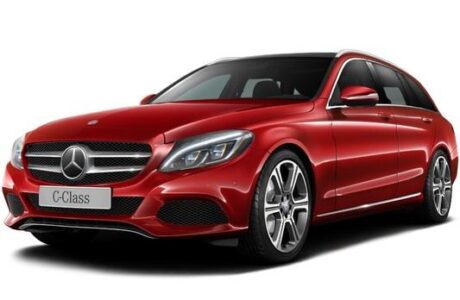
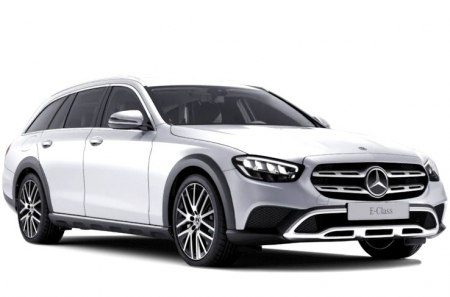


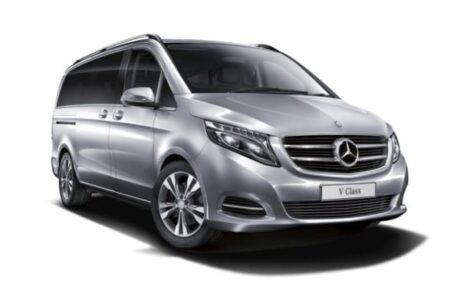
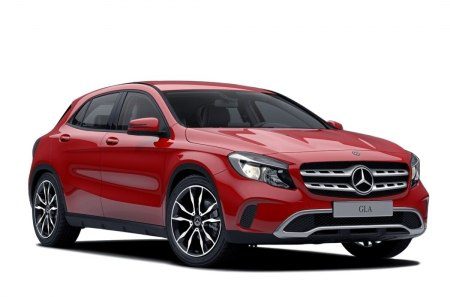
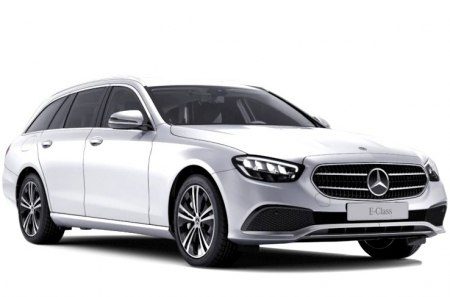
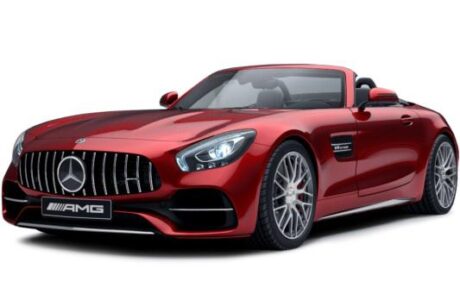



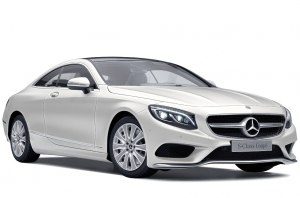
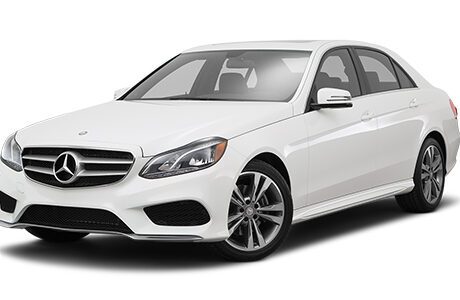
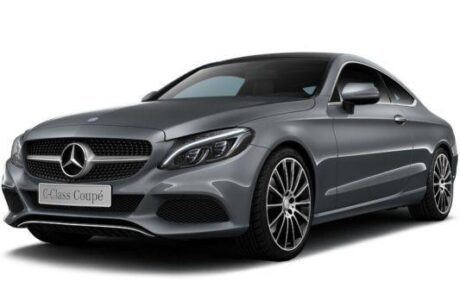
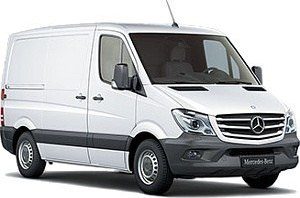


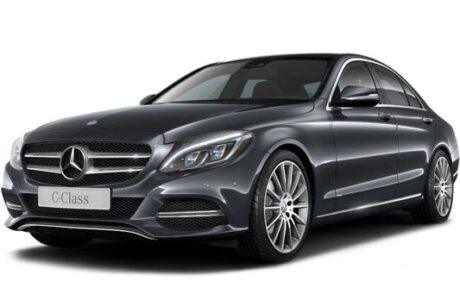
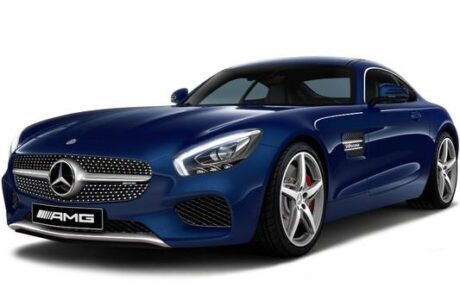
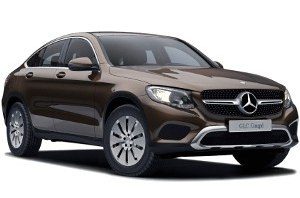
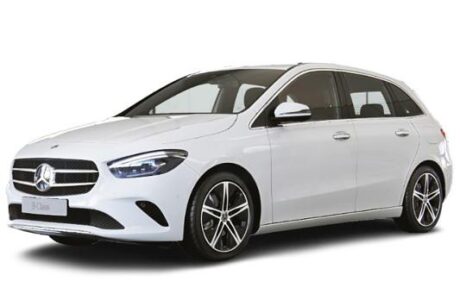
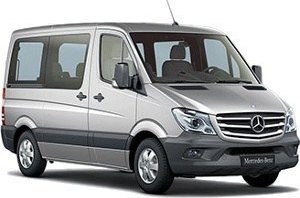
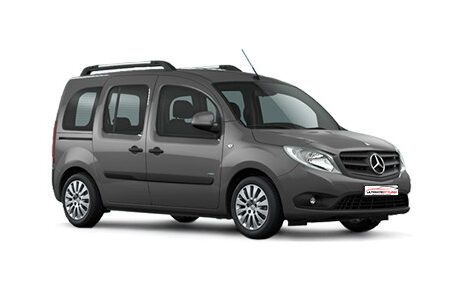

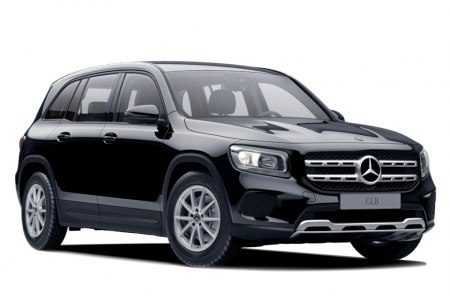
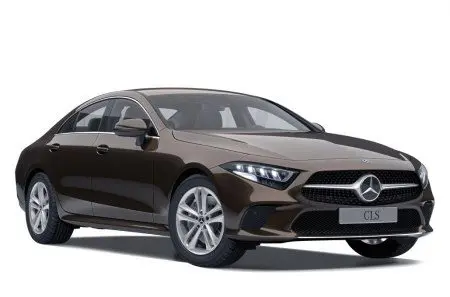
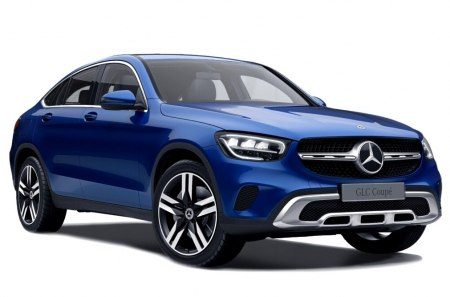
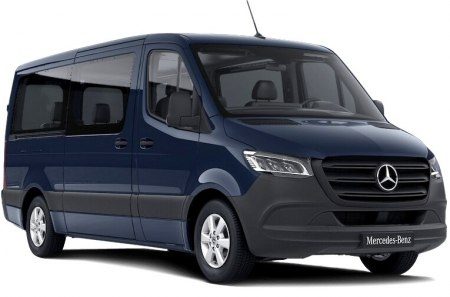
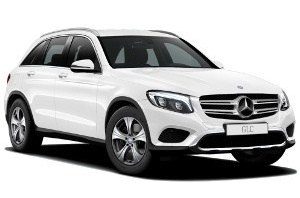
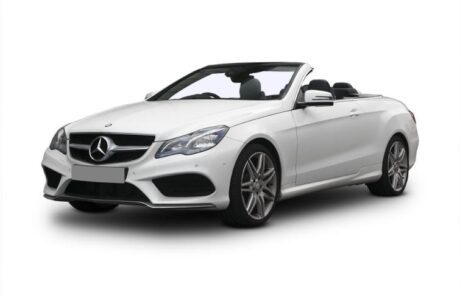

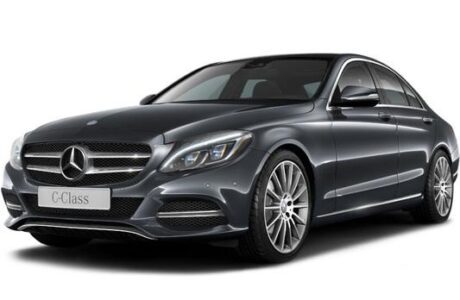

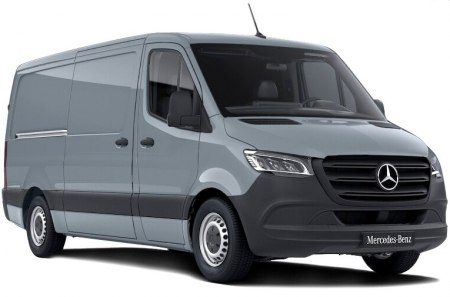
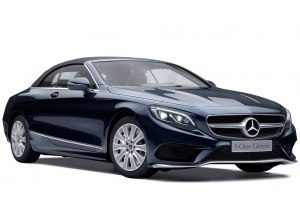

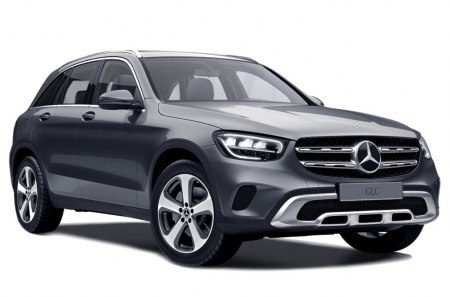
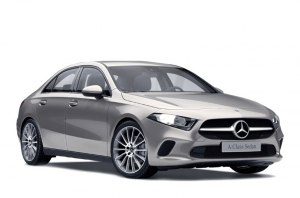
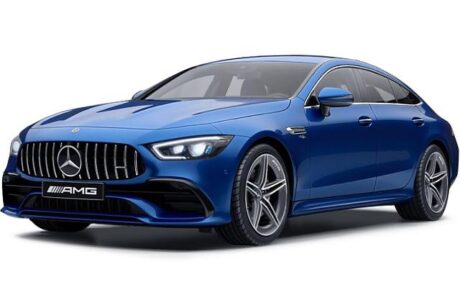
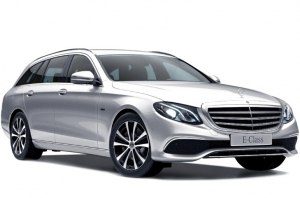
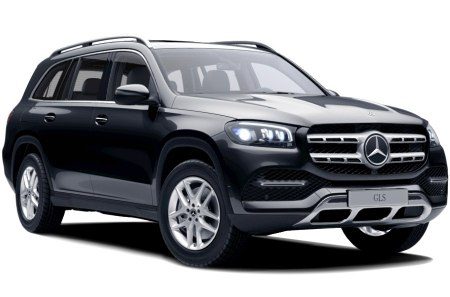
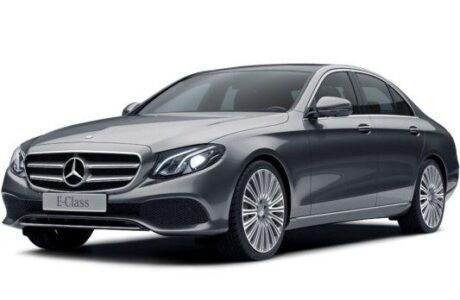
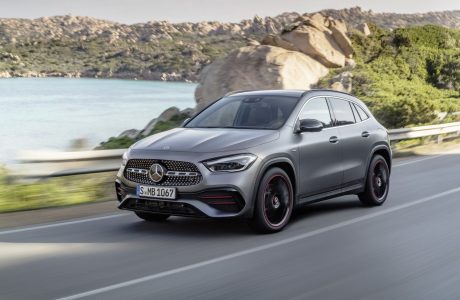

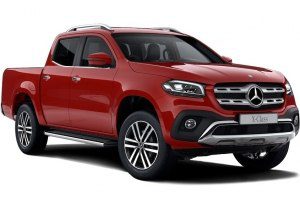
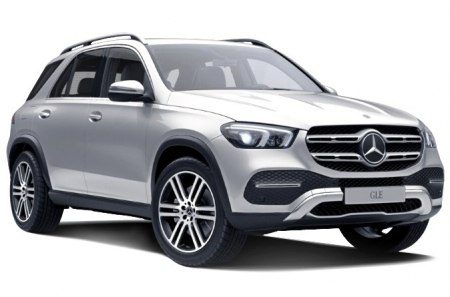





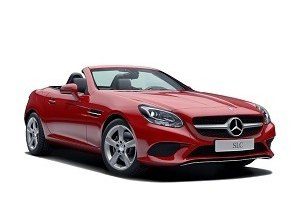
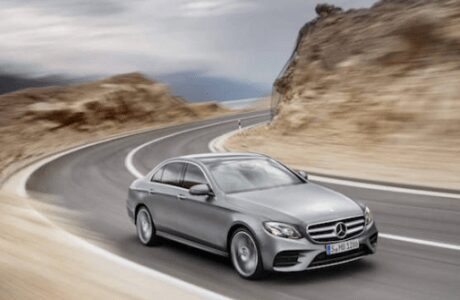
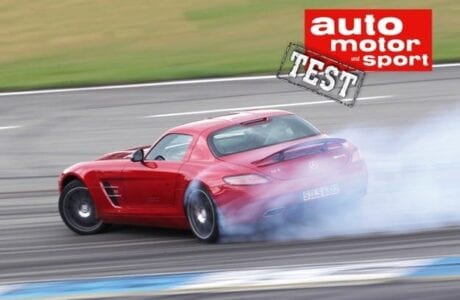
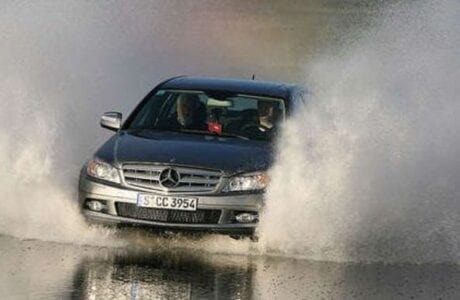
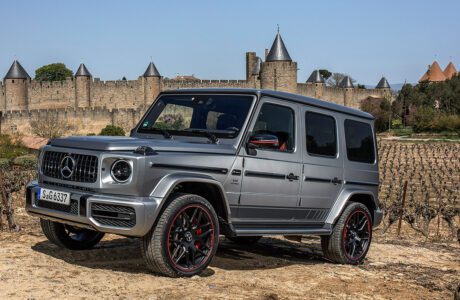
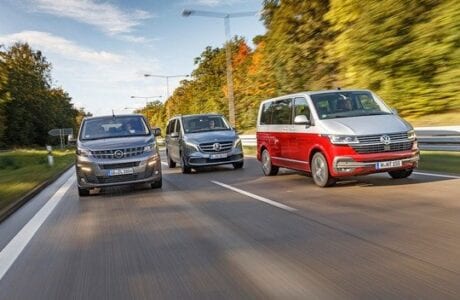
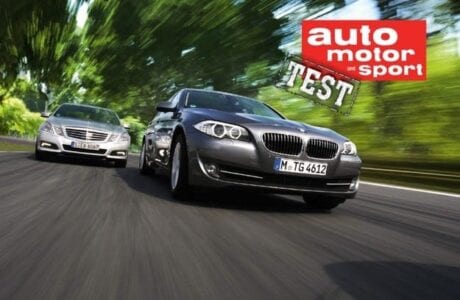
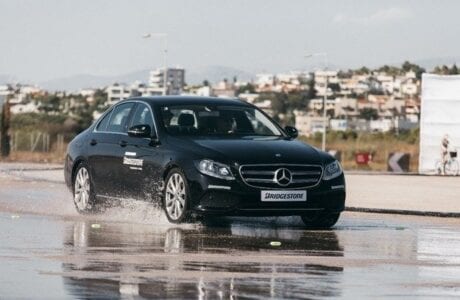

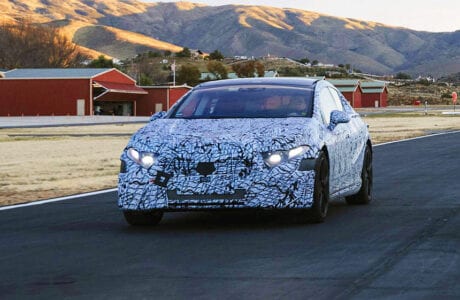
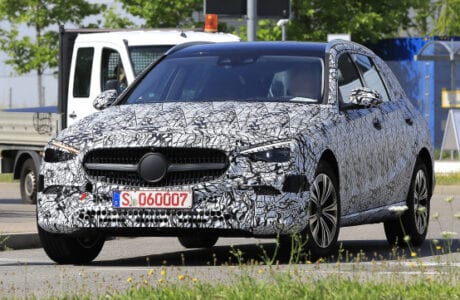

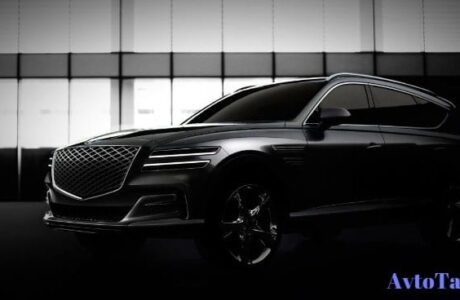
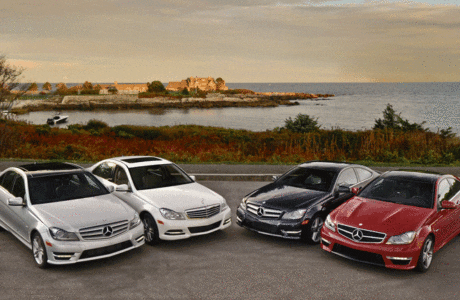

One comment
Best representative of the representative sample
Very, very beautiful page. !!!!!
The most beautiful in the world.